Hmong Dog: A Derpy Little You Didn’t Know Existed

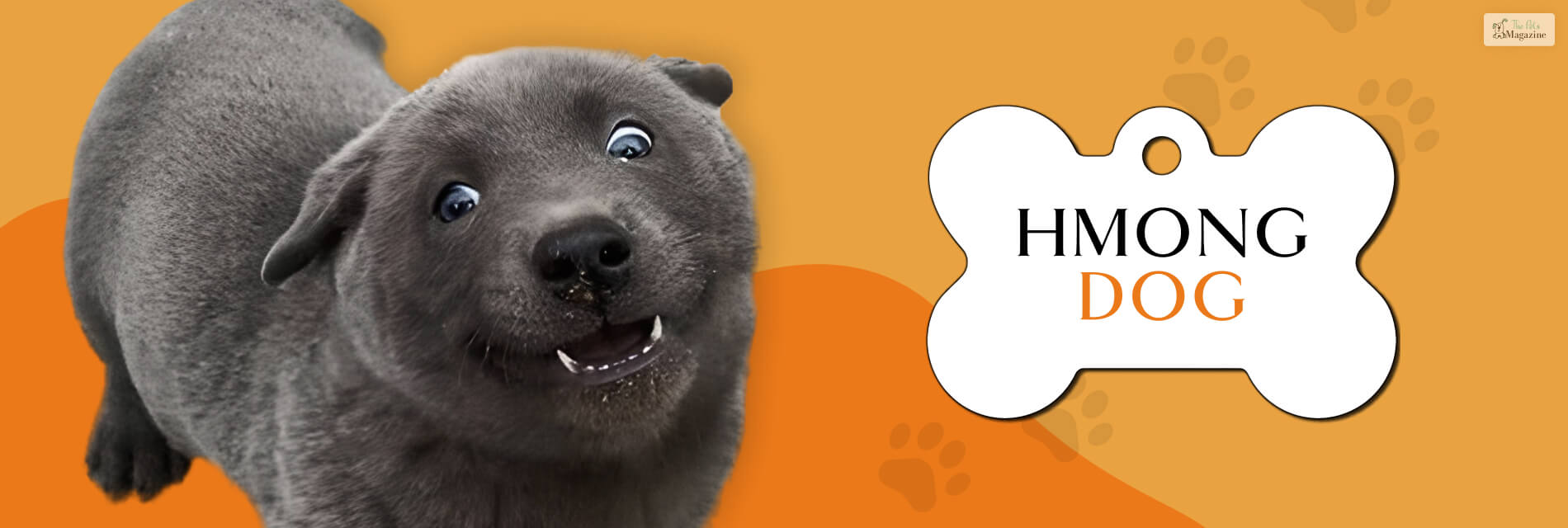
The Hmong dog is a Vietnamese breed with strong historical roots. Their history can be traced back to the Vietnamese mountains, and they are known for their loyal nature. They have been good companions to the Hmong people for a long time.
Also, they are popular for their strength, agility, and intelligence, and were initially used for herding and hunting. They are a medium-sized dog with a muscular build. One of their striking features is their bobbed tail.
They can navigate through terrains very well, which makes them indispensable for families that move their herd through this difficult landscape.
History & Origin Of The Hmong Dog
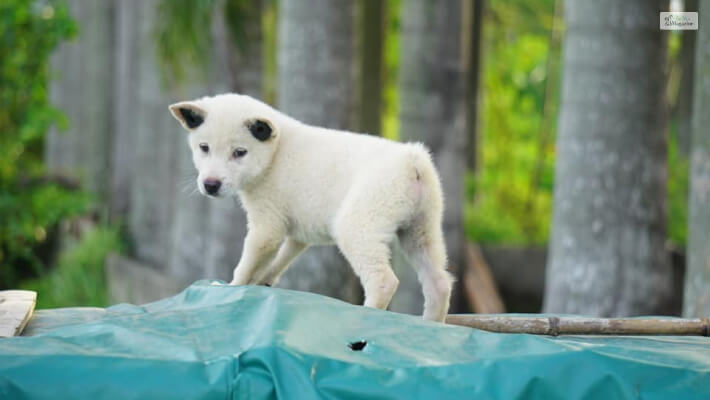
The Hmong dog has its origin in the lap of the Vietnamese mountains. They developed among the Hmong people, who came from southern China in the 1800s. This breed is one of Vietnam’s “Four Great National Dogs.”
They hold a prestigious position in the Vietnamese culture and in the Hmong communities. Back in the day, they served as hunters, guardians, herders, and blended in perfectly in that challenging terrain of different provinces like Lào Cai and Hà Giang.
It is believed that they got their natural bobtail from the ancient Chinese Breeding line. There is no proof, but some say that they were possibly mixed with jackals.
That is the reason why the AKC does not recognize this dog since it is not found there in Western countries. This dog breed is very special to the Vietnamese people as it has been passed down to them from the indigenous Vietnamese people.
As per the Vietnamese Kennel Association, the breed of Hmong dog is considered to be unique and one of the rarest dog breeds in the world.
Breed Overview
Due to its uniqueness and rarity, the Vietnamese people protect this dog breed fiercely. So if you get your hands on one of these dogs, then consider yourself lucky. Here is everything that you should know about this dog breed.
Appearance Of The Dog
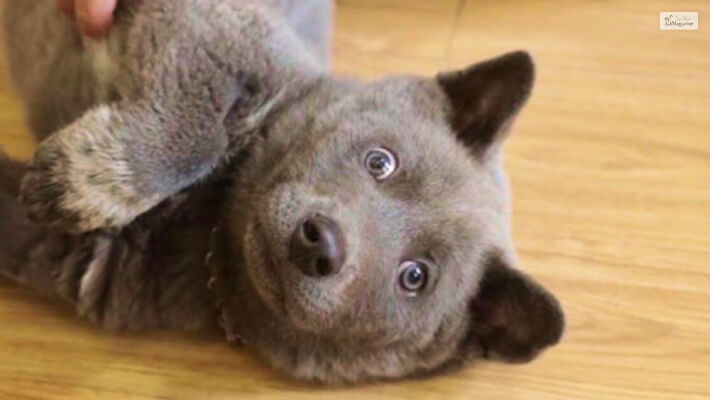
Since ancient times, this dog was known to be a great companion for humans as hunting dogs. Due to this, the Hmong dogs are capable of building up strong muscles and are generally extremely fit.
Here are some more information about the physical characteristics of this rare dog breed:
- Hmong bobtail dogs are square, muscular, and medium-sized.
- Their double coat is short and hard, without any feathering.
- The most distinctive feature is their naturally bobbed tail, which can range from tailless to a standard size of 3–15 cm (1.2–5.9 in) in length.
The Hmong dog looks kinda like a pitbull as they are compact and short in shape and size. Fur color of their coat is mostly black, white, or brown, and the color is usually of solid color. These Hmong dogs have a very almond eye shape, and their ears are always straight up.
These Hmong dogs have mesmerizing smiles and are sure to melt your hearts; they are very friendly and love to be petted. The standard Hmong dogs look very similar to Corgis, so to make them more aggressive and fierce, people used to cut their tails and ears.
The intriguing part of these dogs is that they look like a cross between a cat and a dog. Although this is not the case, their facial features are surely like a cat’s. Due to their furry nature coat and heavy body build-up, you can even think of them as little bear cubs.
Temperament
Hmong dogs are known for their high intelligence, responsive, and fast learners; that way, these dogs are eerily similar to German Shepherds. The connection and interaction the Hmong dogs have with their owners are really amazing to look at.
Being great at sniffling and patrolling makes these dogs great as military dogs. Since working hard on a daily basis is in their genetics, without a job, these dogs tend to become destructive and maladjusted.
It is very important for them to please their owners, so keeping them busy is a great way to release their energy. You can make them chase a ball or take them out on long walks, which is surely gonna tire them out.
Lifespan And Health Issues
The Hmong dog is a healthy dog breed with a long lifespan of 15-20 years. But there are a health issues they are at risk of. These are as follows:
- Hip dysplasia: This common condition in larger dogs affects the hip joint’s development, causing pain and lameness.
- Skin allergies: Hmong dogs can develop allergies to environmental factors or food, leading to itching, redness, and hot spots.
- Ear infections: Their floppy ears can trap moisture and create a breeding ground for bacteria, increasing the risk of ear infections.
- Demodectic mange: This parasitic skin disease caused by mites can cause hair loss, redness, and discomfort.
- Gastrointestinal issues: Hmong puppies might be particularly sensitive to certain foods, leading to digestive problems.
- Tick-borne diseases: Their active outdoor lifestyle makes them susceptible to diseases transmitted by ticks, like Lyme disease
Here are some tips that on how to prevent these health issues in Hmong Dogs:
- Regular veterinary checkups can help identify potential health issues early on.
- Maintaining a healthy weight and providing a balanced diet can reduce the risk of hip dysplasia and other conditions.
- Proper ear cleaning and grooming practices can help prevent ear infections and skin problems.
- Using tick prevention medication and regularly checking your dog for ticks is crucial, especially if they spend time outdoors.
Socialization
Hmong dogs are generally gentle and good-natured. However, they might be aloof and reserved at first. They are amazing with families and kids, but might not be welcoming to strangers.
Keep an eye on their body language, and if you think they are relaxed and rested, then you can introduce them to other pets and kids. However, it is important that you supervise them initially.
If you have multiple pets, it is best to feed them separately to avoid any kind of food-related disagreement. This will give them their own space and make them feel secure. With time, they will warm up to one another and not think of them as rivals.
With proper socialization, they will turn out to be good companions for other pets. However, you have to teach your kids how to approach your dog. Mutual respect is of utmost importance.
Grooming Needs
The coat color of a Hmong dog varies, but some of the common colors include tan, black, white, and different shades of brown.
Some have a coat that is a combination of these colors. Their coat is generally dense and short, which protects them from different mountain elements.
Grooming them is quite simple, as they have a short coat. Brushing their coat regularly will remove dirt, loose hair, and debris. Moreover, this promotes healthy skin, distributes natural oil, and keeps their coat shiny.
They don’t require regular baths, but occasional ones with a mild shampoo will be helpful. Moreover, you will need to keep their nails trimmed to prevent overgrowth.
Also, check their ears for signs of irritation, redness, and infection. Brush their teeth regularly to maintain their dental hygiene.
Nutritional Requirements
A Hmong dog needs a nutritious and balanced diet that is specific to their requirements, including age, weight, health issues, and activity level. It is important that you give them high-quality dog food that is specifically made for medium to large dog breeds.
You will have to pay attention to their life stage. Puppies need frequent meals to help with their growth and development. Adults will need atleast two meals a day and will require a special diet for senior dogs.
Portion control is quite important, and you have to consult with a vet and consider their age, weight, and metabolic rate. They need proper hydration, so you have to ensure they have a constant supply of clean water.
If your dog has some medical conditions or allergies, then you will have to consult a vet to keep them safe. They will recommend a special diet for them. Following these steps will ensure that your dog stays healthy.
Where Do I Get One?
If you are looking to get a Hmong dog yourself, then let me say that is not gonna happen if you are not from Vietnam.
Vietnamese people protect this dog breed from going outside the country, which is why AKC hasn’t registered this dog breed, as they are not found in Western countries.
Due to the rarity of the dog breed, even if you get one, it would cost somewhere around $3000 for just one. Are you willing to spend that much? The Hmong dog is nearly impossible to track outside the country of Vietnam. So getting one for yourself is quite impossible.
Pride Of Vietnam
Now that we have learned that the Hmong dog is a unique blend of intelligent, strong, and adorably unique dog breeds, it is only found in a specific country.
You will not find this dog outside Vietnam, where the people regard the dog as a national treasure and are very protective about exporting it outside the country.
This dog is among the oldest dog breeds since their origin cannot be tracked, but due to social media, the breed is getting more and more popular. So if you liked this article about such a special and unique dog breed, then leave us a comment below.

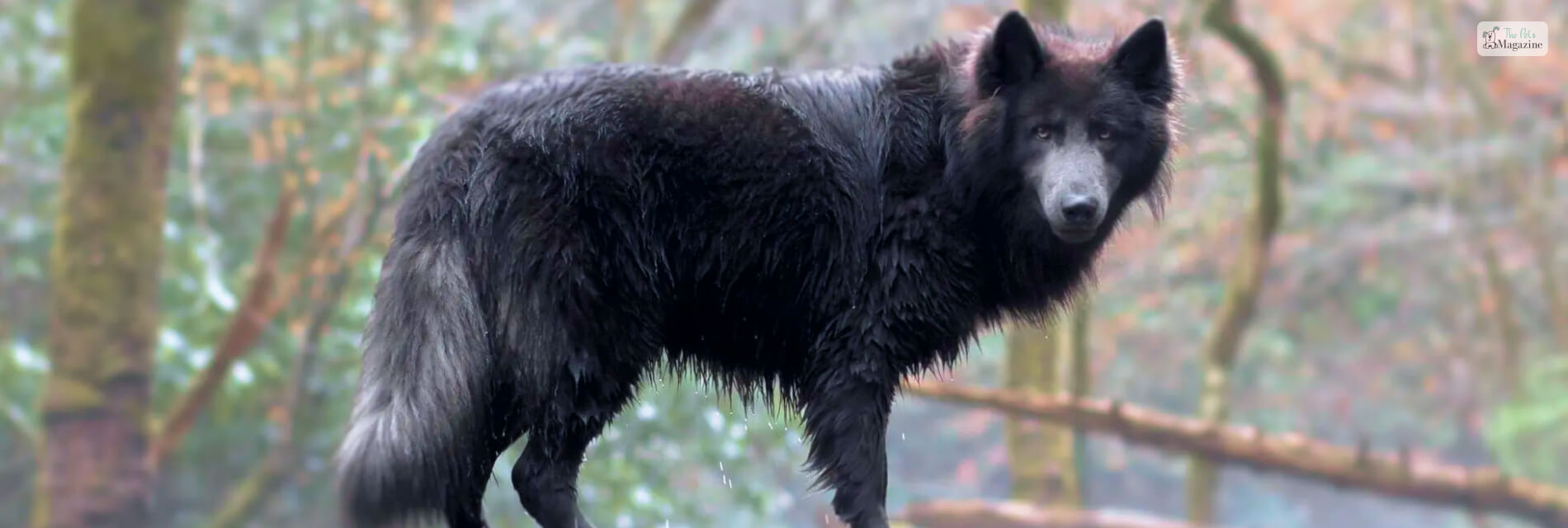
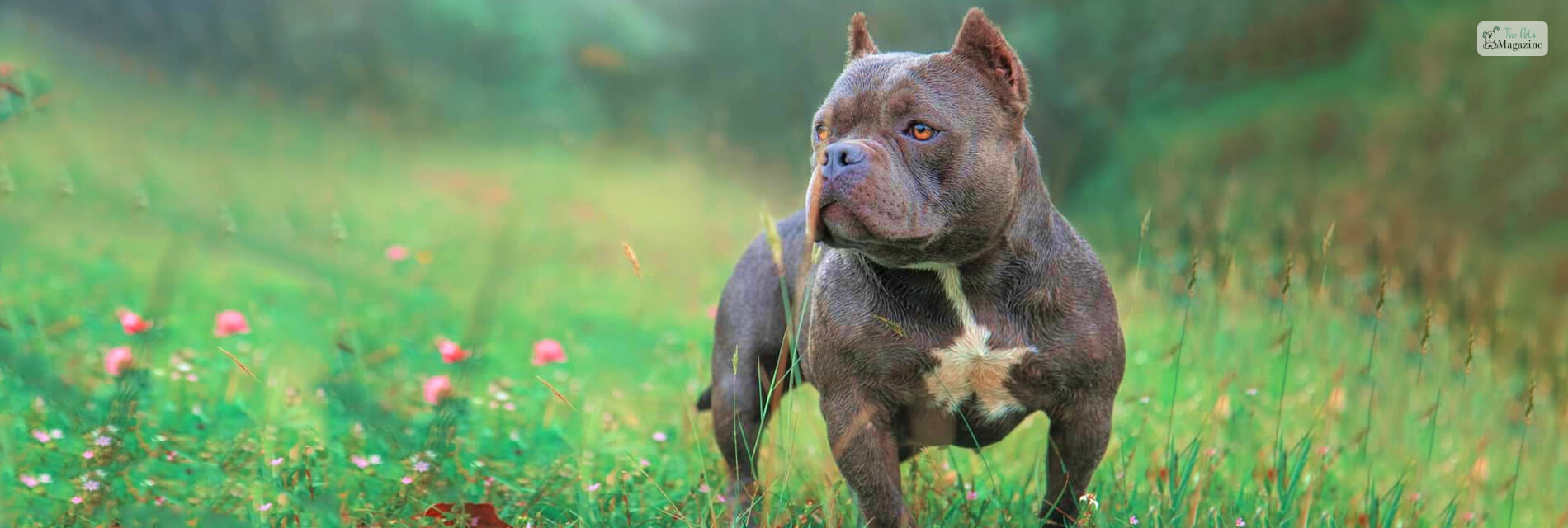

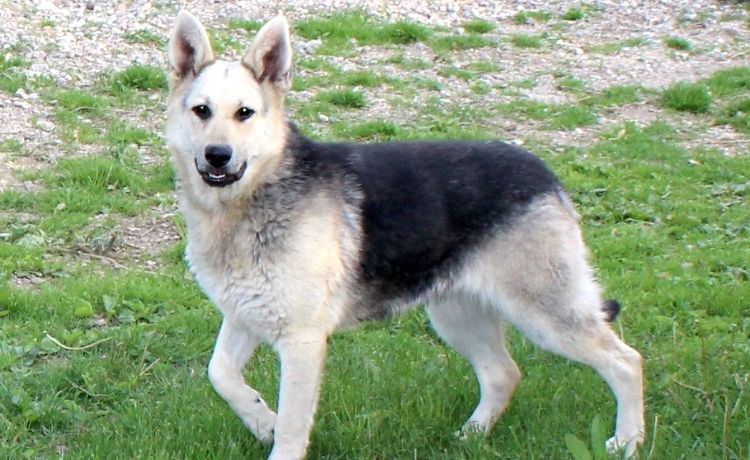


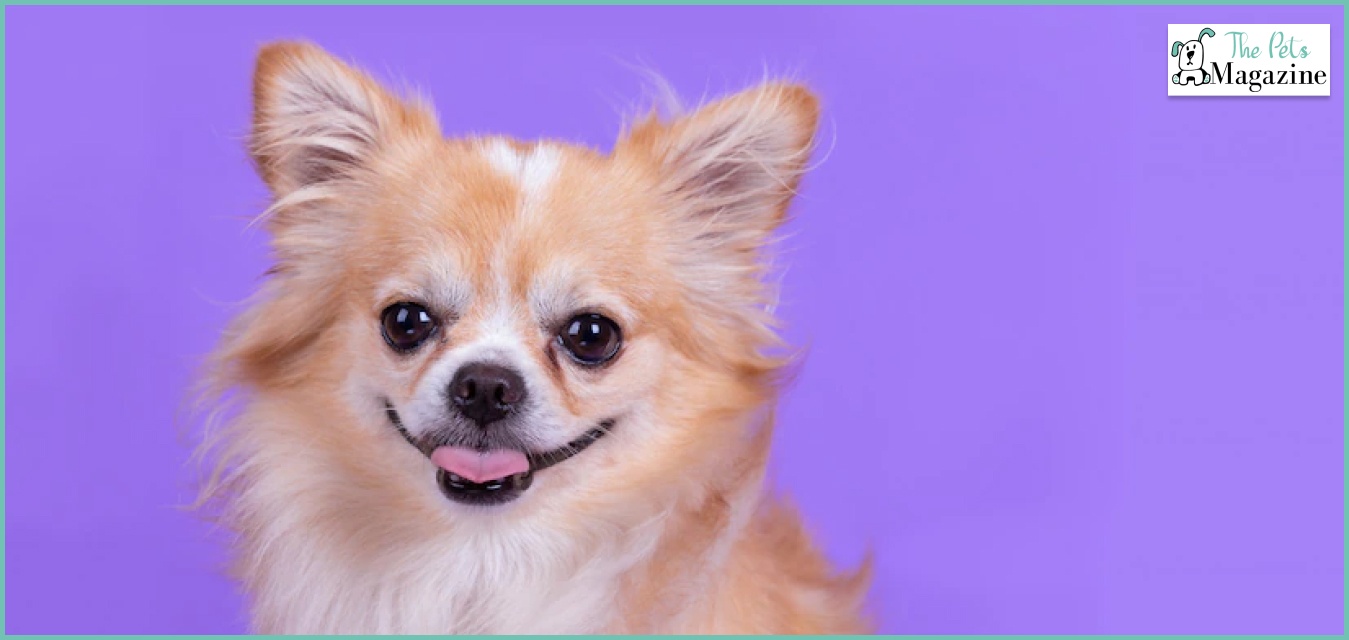
Leave A Comment